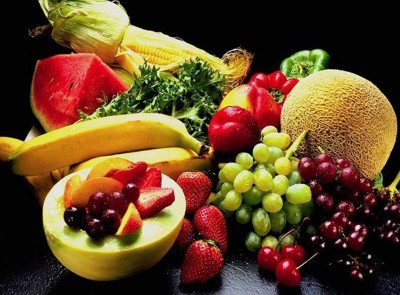“Change 1 Thing” Challenge
Have You Accepted the Challenge?
Take One Year to Develop a Lifetime of Optimal Health!
“Change One Thing” is a 12 step process over one year to help you achieve your health goals. You simply commit to make one change in your lifestyle every month, so that by the end of the year, you will have completely transformed to a healthy lifestyle.
Why each month? It takes about 21 days to establish a new habit. So each month, you will firmly establish one change before starting another. Are you willing to take the challenge?
Your June Challenge (should you choose to accept it):
“I Will Sleep for 7 to 8 Hours Every Night
Sleep is a serious problem in this society these days! Almost a quarter of Americans report having insomnia every night or most nights. Sleeping aids are prescribed and sold at record numbers, and now they are increasingly used by children and adolescents. A good night’s sleep is just as essential to optimal health as proper nutrition and exercise.
Studies show a strong link between inadequate sleep and obesity. That may sound counterintuitive, but the trend has been shown in both kids and adults. And new studies are now coming out, showing that inadequate sleep increases your risk for type 2 diabetes.
How much sleep is enough? Depends on your age.
- Adults should get 7 to 8 hours of sleep per night. (9 or more hours of sleep has also been tied to increased diabetes risk).
- Children between the ages of 2 and 6 years should get 10 – 12 hrs
- 7 to 13 year olds should get 9 to 11 hours of sleep.
- High schoolers should get 9 to 10 hours of sleep per night.
And it’s not just the quantity of sleep that matters to your health, but the quality as well. An interesting study of young adults showed that slow-wave sleep, which is the most restorative stage of sleep, is important for glucose regulation. When slow-wave sleep is reduced, there is an increased risk of developing type 2 diabetes.
Here’s a tip for getting a good night’s sleep:
Avoid technology in the bedroom. Artificial light from the various technology screens increases alertness and reduces melatonin levels. At least an hour before sleep, turn off the technology. With, kids this is critical. 1 in 10 kids report having their sleep interrupted by text messages during the night.
So focus this month on getting your optimal amount of sleep every night. One clue that you’re getting enough sleep is that you wake up feeling restored without the need for an alarm clock. Are you up to the challenge?
Don’t forget to continue your:
January habit of drinking at least 8 glasses of water per day (1/2 your weight in ounces of water per day)
February habit of eating 7 to 9 servings of fruit and vegetables per day
March habit of replacing refined white foods with whole grains
April habit of exercising for at least 30 minutes 3 times per week
May habit of detoxifying your system daily







